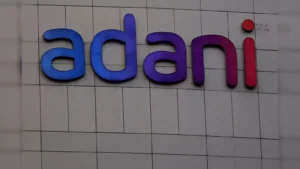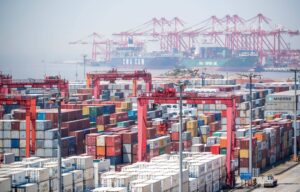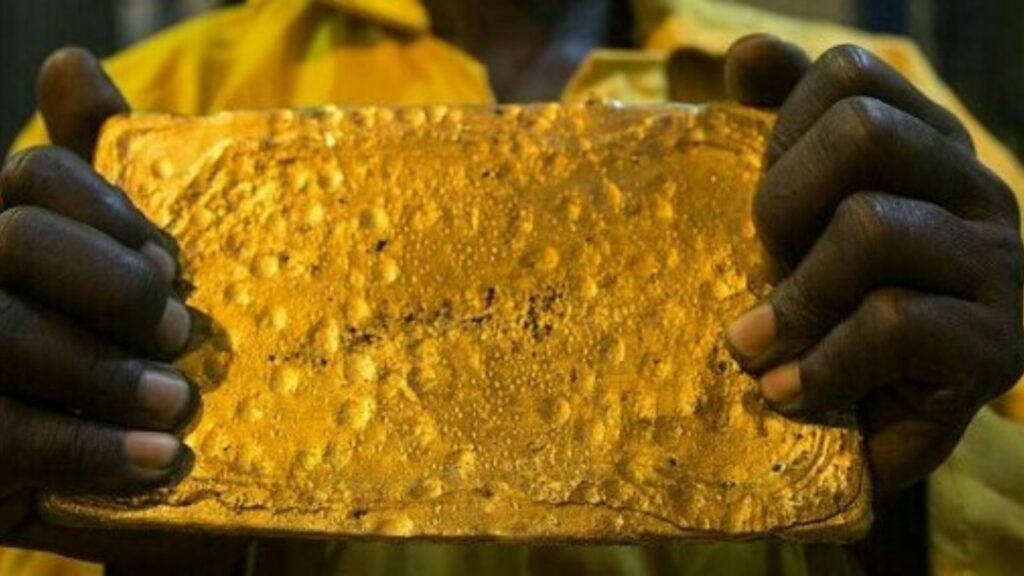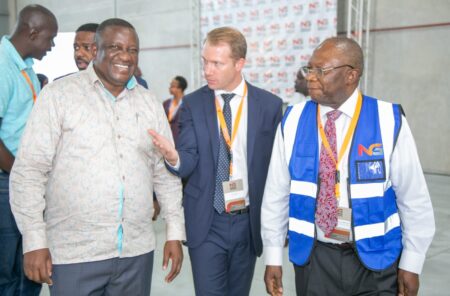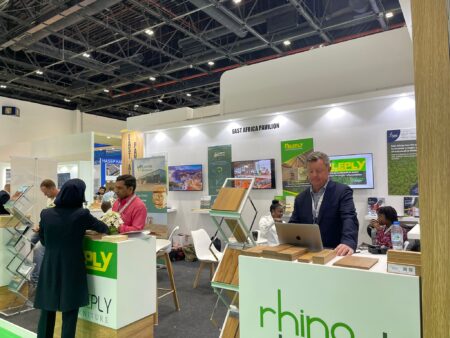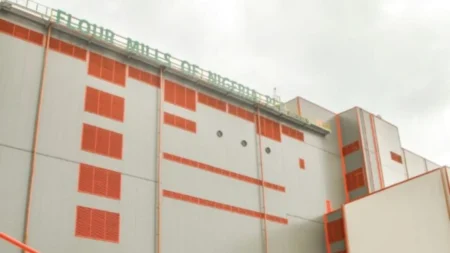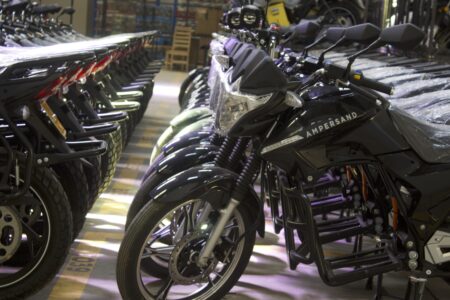- South Sudan is recognised for its vast mineral resources, including a burgeoning gold industry.
- Over 50 alluvial sites near the Luri River, about 40 km southwest of Juba, have reported gold concentrations.
- Other alluvial gold concentrations have been found near the Kinyeti River, Nimule, and northeast Karpeto.
Globally, South Sudan is recognised for its vast mineral resources, including a burgeoning gold industry. This industry represents promising opportunities for collaboration with established gold producers, enabling the country to leverage its expertise for enhanced exploration, extraction, and value addition.
For the first time in its eight-year history, the South Sudan Oil and Power Conference and Expo has been extended to four days to include a concurrent mining forum. This forum aims to explore and promote South Sudan’s untapped mining potential.
It invites international investors and private companies to participate and engage directly with South Sudan’s Ministry of Mining, offering a unique opportunity to explore emerging opportunities in the sector.
Geological surveying and mineral occurrences
South Sudan shares similar geological frameworks with neighbouring countries such as the Democratic Republic of the Congo (DRC) and northern Uganda. However, reliable details about its mineral reserves are not yet readily accessible. The world’s 16th largest gold producer, DRC, accounts for 2 per cent of global production. The Kibali gold mine, one of the largest in Africa, produced 343,000 ounces of gold in 2023, a pointer to the potential for similar deposits in South Sudan.
In 2022, exploration surveys in Uganda revealed about 31 million tonnes of gold ore deposits, from which an estimated 320,158 tonnes of refined gold, valued at $12.8 trillion, could be extracted. South Sudan’s geological framework consists of three main units, two of which show regionally correlated gold sequences with northern Uganda.
Gold deposits in South Sudan are primarily found in the central and eastern Equatoria region, where small-scale artisanal mining is prevalent. Gold is mined across the Kawanoko area in these areas, with activity reported near Nyangea, Lauro, Buno, Napotpot, and Namurunyan.
Additionally, over 50 alluvial sites near the Luri River, about 40 kilometres southwest of Juba, have reported gold concentrations as high as four grams per cubic meter. Other alluvial gold concentrations have been found near the Kinyeti River, Nimule, and northeast Karpeto.
Read also: UAE support paves the way for the set up of Madagascar’s first gold refinery plant
International collaboration in South Sudan’s gold industry
In February, South Sudan’s Ministry of Mining and South Africa’s Department of Mineral Resources and Energy signed an MOU for collaboration in the mining sector. This agreement aims to increase exploration, knowledge transfer, and capacity-building cooperation. South Sudan’s Minister of Mining, Martin Abucha, called on international investors to participate in the country’s mining industry, inviting private sector players to engage with the Ministry in exploring new opportunities.
South Africa’s state-owned African Exploration Mining and Finance Corporation also announced plans to seek partnerships with South Sudanese mining companies. South Africa’s Council for Geoscience has also expressed interest in geothermal activities in East Africa, focusing on South Sudan.
An exploration pact signed in September 2019 between the US-based mining firm REE-Magnesium and Canada’s CVMR Inc. enabled the companies to conduct satellite imaging to map South Sudan’s mineral resources. This pact has positioned the South Sudan government to productively explore and develop its mineral resources.
Further announcements regarding the country’s mining sector, including developing a geological laboratory and establishing a mining chamber, will be made during the seventh edition of the SSOP conference and its satellite Mining Forum.
Scheduled for June 27, the Forum will showcase new project developments, facilitate partnerships and investments between local and foreign mining firms, and explore the intersection of mining and energy. It will demonstrate how South Sudan can leverage its existing infrastructure to support the growth of this nascent industry.
